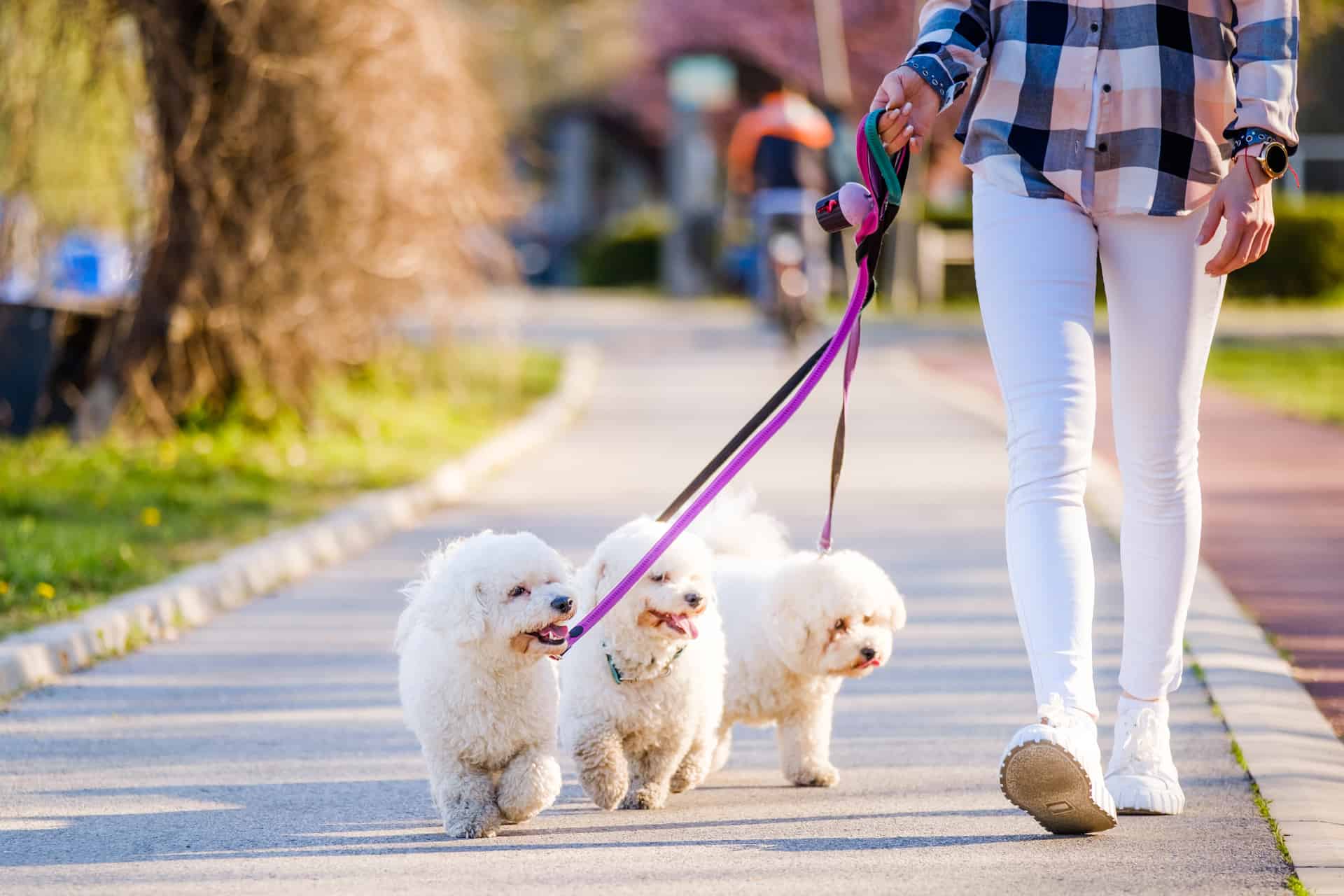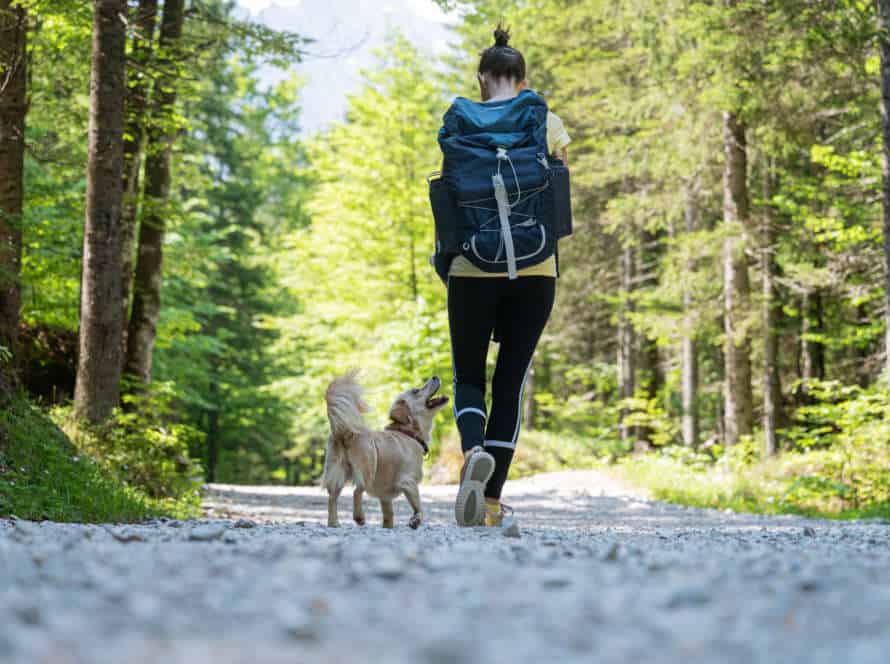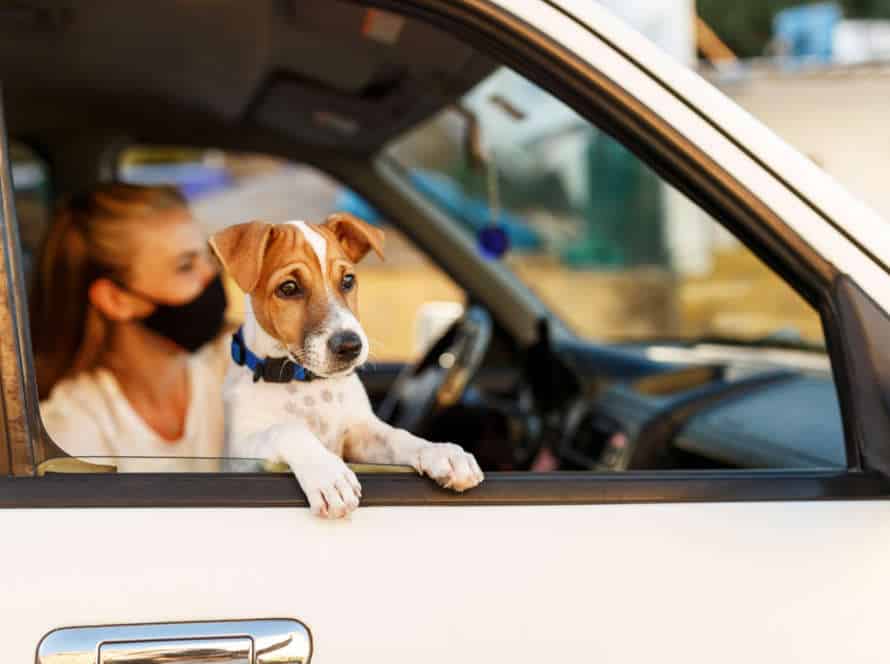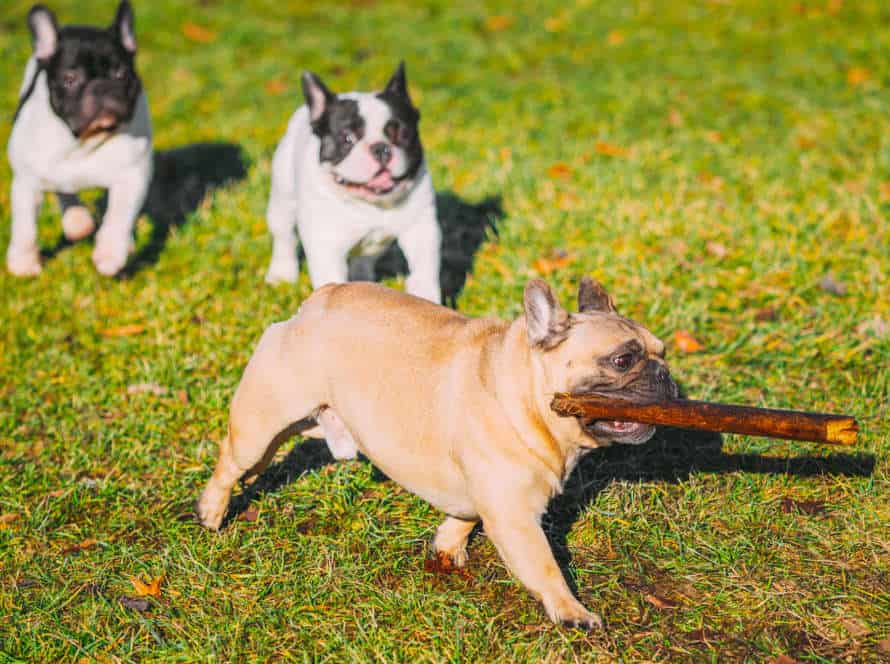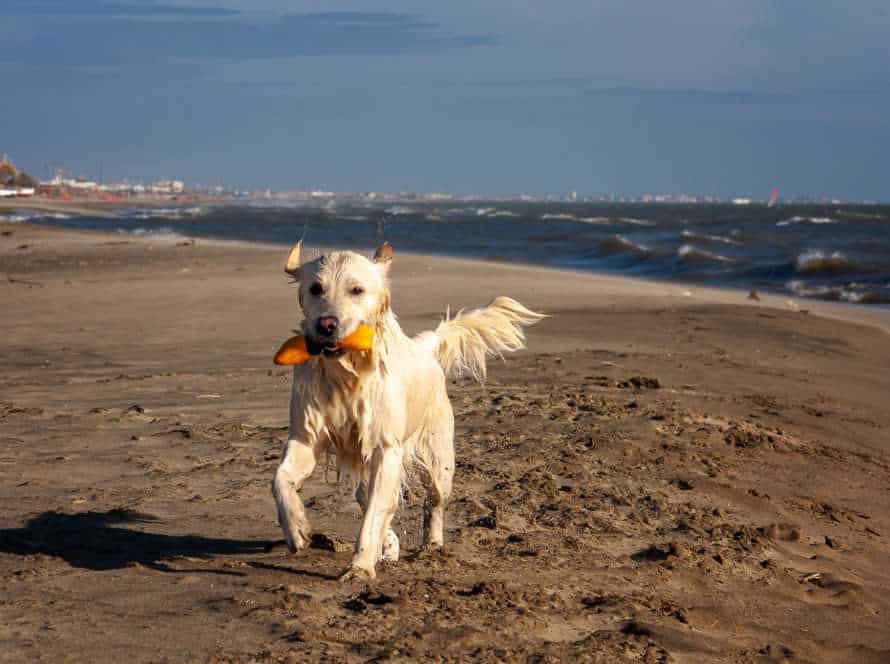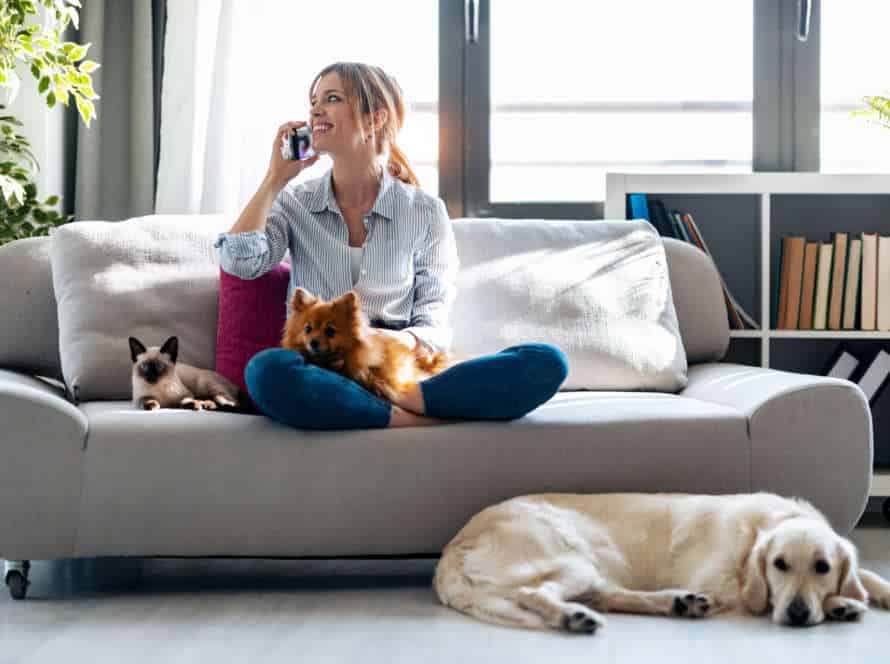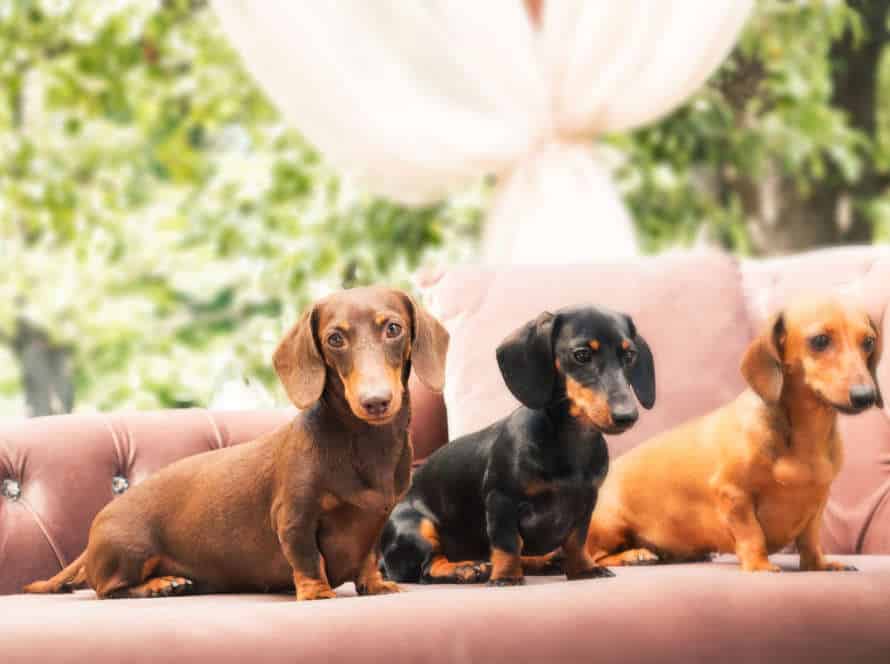Group Activities: Inclusive Ways to Engage All Your Dogs
A Descriptive Heading is Vital to Grab a Reader’s Attention: Tips for Writing Effective Headlines
Headlines are crucial in grabbing readers’ attention and conveying the main point of an article. A good headline not only summarizes the article’s content but also entices readers to click and read more. On the other hand, a vague or poorly-written headline can turn off potential readers and hurt the article’s reach and engagement.
To write an effective headline, it’s essential to understand the article’s main point and target audience. Headlines should be descriptive, concise, and clear, using strong action verbs and relevant keywords to convey the article’s main message. Including numbers, questions, or intriguing statements can also pique readers’ curiosity and encourage them to click.
Once you’ve crafted your headline, it’s crucial to proofread and revise it to ensure it’s grammatically correct and free of errors. A well-written headline can make all the difference in driving traffic and engagement to your article, so take the time to get it right.
Indoor Activities
Searching for group activities for your pups indoors? Think if the activity is suitable for all your doggos. Here, let’s look at the top indoor activities for your pup-pack. Plus, how to make sure your furry friends have a great time!
Hide and Seek
Hide-and-Seek is a blast for doggies of any age, size, or energy level. Here’s how:
- Have one person restrain the pooches while the others hide.
- Once everyone is out of sight, shout out the names of the dogs in a happy voice.
- When a pup is found, give them a reward with treats, love, and attention.
- Change up the hide-and-seek spot so everyone gets a turn seeking and hiding.
- A fun alternative is “Find the Treat.” Hide goodies around your house and let the doggos sniff ’em out. This activity is great for keeping them busy and having fun, especially during colder seasons.
Pro tip: Always keep an eye on your furballs, and pick hiding spots they can get to safely.
DIY Agility Course
Designing a DIY agility course is a great way to give your dogs something fun and engaging to do indoors. Here are some tips for success:
- Use items from around the house such as chairs, hula hoops and pool noodles.
- Make the course fit your dog’s skill level.
- Reward participation with treats and positive reinforcement.
- Adapt the course to your pup’s physical abilities.
- Provide lots of space and supervision.
Not only will it give them physical exercise, but also mental stimulation, essential for their well-being.
Treat Puzzle games
Puzzle games are an awesome way to amuse your four-legged friends. Plus, they help boost their intelligence and soothe anxiety! Here are some fun activities for your pup:
- Hide-and-seek Treat Game – Hide a treat in the room or garden, and get your pup to find it.
- Treat Dispenser Puzzle – Fill a treat dispenser and show your dog how to make it work.
- Snuffle Mat Game – Scatter treats in a snuffle mat and let your pup sniff them out. Good for dogs with a keen sense of smell.
- Frozen Treat Puzzle – Freeze treats in a block of ice or Kong toy. Perfect for hot weather!
- Muffin Tin Game – Put treats in muffin-tin cups and cover each with a tennis ball. Let your pup uncover the treats.
Safety First: Don’t forget to watch your pup while they play. This’ll help avoid them swallowing any non-edibles!
Outdoor Activities
Struggling to find activities for your diverse pack of dogs? Outdoor activities are great for engaging all of them! Take long hikes, or just play a game of fetch in the park. These activities promote physical and mental health in pups of all ages and sizes. Here are some more ideas to make sure everyone’s having fun:
Nature Hikes
Nature hikes are an awesome way to get outside with both humans and their furry friends. From high-energy Huskies to laid-back Labradors, there’s something for everyone! Here’s how to make the most of it:
- Take it slow – start with short hikes and gradually increase distance.
- Stock up on water for everyone, especially in hot weather.
- Let your pup take breaks and always give them time to drink.
- Bring treats and toys to keep ’em engaged and motivated.
- Pick trails suited to your dog’s size, age, and fitness level.
- Watch out for local wildlife and keep your pup on a leash if needed.
Nature hikes can be a super fun activity for the whole gang – just remember to do your research and plan ahead for the best experience!
Fetch and Retrieve games
Fetch and retrieve games are an awesome way to make your dogs active outdoors. They’re great for all breeds and sizes! Here are some ideas:
- Tug of war: Grab a rope and let your pup show their strength.
- Frisbee fetch: Throw a frisbee and watch your pup bring it back.
- Ball games: Dogs love chasing and fetching balls. Play keep away, hide and seek, or use a ball launcher.
These games help you bond with your pup, give them exercise and develop agility. Plus, it’s a good chance for them to socialize with other dogs.
Pro Tip- Keep water close and give your pup breaks to avoid overheating or exhaustion.
Scatter Feeding
Scatter feeding is a great way for all dogs to join in the fun! Here’s how:
- Scatter small pieces of kibble or treats around the play area.
- Encourage each pup to sniff out the food without competing with others.
- Take turns scattering and rewarding the food.
- Watch the dogs closely; no aggressive behaviour allowed.
Scatter feeding is a fun, inclusive way to engage all dogs, and promote positive socialization during group activities.
Social Activities
Group activities for your canines? Social activities are the way to go! These activities promote social contact & interaction between your pups. Such as: taking a stroll, playing fetch or racing around a designated course. Not only are these activities lots of fun for your doggos, but they also help build positive relationships.
Dog Playdates
Organize pup playdates to help socialize your canine and let them enjoy with other dogs! Try these tips for an inclusive and successful playdate:
- Introduce the pooches slowly in a neutral place. Let them sniff and get used to each other before starting to play.
- Talk with the owners to agree on play rules before it begins. To avoid any confusion between pets and pet parents.
- Make sure there is enough room for the dogs to play. If needed, take them to a dog park nearby.
- Keep an eye on the puppy’s behavior and body language during the playdate. If any pup shows signs of discomfort or aggression, separate them immediately.
- Finish it on a positive note with treats and lots of compliments for all of them.
Pro Tip: Organize a snack and water station afterwards for the pup’s to rehydrate and chill together.
Dog-Friendly Beach Outings
Heading to a pup-friendly beach can be an enjoyable and inclusive experience for your furry friends. Here are some suggestions for a successful trip:
- Research beaches in your area you can visit with your dogs. Check the rules and regulations.
- Pack the necessary items such as a leash, water, food, waste bags, towels, and UV-protective gear.
- Bring along some toys for your dogs to play with. Consider water-friendly options such as frisbees and floating toys.
- Make sure your dogs are well-mannered and socialized before the outing. This prevents accidents and injuries.
Remember, safety and comfort for all dogs is key for a fun and memorable trip!
Running Dogs Meet-Up Groups
Running dogs meet-ups are an amazing way to get your pup pals to have fun, get fit and socialize! Here’s how to start one:
- Track down fellow dog owners in your area that would like to join in.
- Establish a regular schedule and pick a secure, canine-friendly location.
- Create rules for safety and health to keep all the dogs safe and sound. E.g. make sure all the pups are vaccinated.
- Give your meet-up a name and spread the word through social media, posters and by word of mouth.
Running dogs meet-ups are a great and inviting way to involve your four-legged friends, no matter their breed, age or level of fitness. Not only will they get the exercise they need but they’ll meet other canines too!
Training Activities
Have a blast! Dog training activities should be enjoyable for all the pooches involved. When it comes to group activities, remember to make them inclusive. Everyone should be included and have a good time.
Let’s take a look at some fun group training activities:
Clicker Training
Clicker training is a great way to train your pup and build trust. It’s good for all breeds, ages, and temperaments – even those with behavioral issues. Here are some group activities to get all your dogs involved:
- Target Training: Teach your dogs to touch a target (e.g. stick or cone) with their nose or paw. It’s great for focus, accuracy, and coordination.
- Recall Race: Call all your dogs by name and click/reward the first one to reach you. Repeat with the rest.
- Sit-Stay Jenga: Play Jenga with your dogs. Click/treat them for staying in a sit while you remove a block.
These activities not only promote good behavior, but also enhance the bond between you and your dogs!
Pro tip: Use high-value treats (e.g. cooked chicken or cheese) during clicker training to keep your pup motivated.
Obedience Training
Obedience training is key to shaping your pooch’s behavior and improving the connection with them. Group activities are a great way to get all your dogs involved, no matter their breed, age, or skill level.
Here are some activities to help you out:
- Group walks: Teach your dogs how to calmly walk on a leash and be around others.
- Fetch and retrieve: Have your dogs take turns playing fetch. This helps with recall.
- Agility courses: Set up a simple course to help them learn commands like ‘wait,’ ‘stop’ and ‘down.’
- Name recognition: Make sure they recognize their names when other dogs are around.
- Trick training: Tricks help reinforce obedience and challenge your pups.
Including these activities in your training can help you engage all your dogs and get better results. Pro tip: Rewards and praises will motivate them to keep learning.
Nose Work Training
Nose work training is a great way to keep your doggo’s sense of smell sharp and give them mental and physical exercise. Group activities can be a good way to get all the doggos involved. Here are some ideas:
- Scent detection – Put scented items (like treats or toys) around the training area and have the doggos use their sense of smell to find them.
- Sniff and Seek – Hide a toy or treat somewhere in the area and get the doggos to find it with their noses.
- Canine puzzles – Use puzzles and scent dispensers to engage the doggos’ sense of smell while they figure things out.
Make sure the activities are fitting for all the doggos, no matter their age, breed or skill level!
Mind Games
Mind games are an awesome way to get all your doggos involved in a fun activity! They’re puzzles that help the brainpower of your pups. You can make them fit for whatever skill level your pup is at. These games can help your pooch with problem-solving, communicating, and team building.
Let’s look into some awesome mind games you can use for group activities!
Advanced Cognition Training
Advanced cognition training, often called mind games, are activities designed to stimulate your pup’s brain. These activities work for all pups, big and small, and can help bond you and your pup! Examples include hide and seek, food puzzles, scent games, and recall training.
These activities can help pups develop problem-solving skills, boost confidence, and reduce stress. Start with easy activities, and progress to more difficult ones. Make sure all pups are included and have fun!
Pro tip: Add mentally stimulating activities to your pup’s routine for better mood and behavior.
Interactive Puzzle toys
Interactive puzzle toys are a great way to keep your pup’s mind busy and prevent boredom. They are designed to challenge and entertain while rewarding problem-solving skills. Group activities such as competing for treats can help your pet’s social skills and problem-solving abilities.
Choose puzzle toys that are age-appropriate, durable and easy to clean. Supervise your pets while they’re playing to avoid any accidents or hazards.
Learning and remembering words and objects
Let’s have fun with our furry friends! Playing mind games and group activities is a great way to engage and help dogs learn. Here are a few ideas:
- The Name Game: Gather in a circle with your pup and each handler. Assign unique names to each dog. Take turns calling out their names and reward them when they recognize it.
- Find It: Hide treats or toys around the room or yard. Start off easy, then increase the difficulty.
- Which Hand?: Place a treat in one hand and form a fist with the other. Ask your pup to “find the treat” by indicating which hand holds the reward.
These games can help exercise your pup’s brain and build a strong bond between pet and handler.
Frequently Asked Questions
1. How can I include all my dogs in group activities?
It’s important to choose activities that all of your dogs can participate in. Look for activities that are physically and mentally appropriate for all of your dogs, and be sure to supervise interactions between them to ensure everyone is comfortable and safe.
2. What are some inclusive group activities for dogs?
Some inclusive group activities for dogs include playing fetch or tug-of-war, going for group walks or hikes, or having a game of hide-and-seek. Consider involving puzzle toys or other mental stimulation activities to engage dogs of different energy levels and abilities.
3. How can I prevent dog fights during group activities?
One way to prevent dog fights is to closely supervise all interactions between your dogs. Additionally, you can work on training your dogs to behave appropriately around other dogs through socialization and obedience training. Avoid putting dogs in situations that may trigger aggression and be prepared to intervene if needed.
4. Can I include dogs of different ages in group activities?
Yes, dogs of different ages can be included in group activities as long as the activity is appropriate for their physical and mental needs. Younger dogs may have more energy and require more frequent breaks, while older dogs may need less strenuous activities and more rest time.
5. Are there any group activities that are not recommended for dogs?
Activities that involve rough play, excessive wrestling, or chasing can often escalate into aggressive behavior and should be avoided. Additionally, activities that involve water or heights should be approached with caution and only with dogs who are comfortable and have experience in those situations.
6. How can I ensure that all of my dogs have a good time during group activities?
Be sure to provide plenty of positive reinforcement and treat all of your dogs equally during group activities. Monitor their behavior and energy levels to make adjustments as needed, and consider splitting up larger groups into smaller subgroups if necessary to ensure everyone is having a good time.

